|
Timothy Brown, Host of My Apple Podcast In 2016 during the days leading up to WWDC, Phil Schiller, Vice President of World Wide Marketing at Apple, introduced a new subscription model for developers. Under the new plan, developers were to receive 70 percent of revenue and 30 percent went to Apple. If customers remained faithful subscribers for one year, the share of the revenue changed to 85 percent for developers and 15 percent for Apple. This model still exists, but with some updated guidelines for pricing and other regulatory measures. Apple has been quite successful in its pursuit of profits, announcing during their quarterly earnings report in July 2017 revenue of 42.4 billion “and earnings per diluted share of $1.42 in the year-ago quarter. International sales accounted for 61 percent of the quarter’s revenue.” This success is largely attributed to its four operating systems, iOS, macOS, watchOS, and tvOS, and the services that undergird their success, namely, the App Store, Apple Music, Apple Pay, and iCloud Drive. The services provided by Apple are key to its business model because it ensures longevity in terms of maintaining consumer allegiance, while seeking new revenue streams. Paying for services rather than products has become a standard model in terms of how we consume media, paying for music streaming rather buying CDs or renting movies rather than buying DVDs. The services model which ensures a long term commitment from consumers, supported by automatic renewals, is now operating in full force with Apple’s aggressive push to promote the App Subscription model. With app subscriptions, developers can offer a wider menu of options, in which apps are used, not as products that consumers own, but as services they rent for a specific periods of time (e.g. weekly, monthly, or yearly). The zealous push to promote the subscription model has been viewed for some as an inevitable move by Apple. Writing for the Verge, Vlad Savov makes note of this emerging development: “Apple is one of those rare few companies that can take an ongoing evolution and focus and distill it into a revolutionary change. That’s the immodest thinking behind the company’s ambitious "Subscriptions 2.0" plan for the App Store, which aims to convert iOS users from one-off app purchasers into loyal subscribers. It’s nothing new in and of itself, but Apple’s wholehearted embrace validates and underlines it: subscriptions are going to play a huge role in the future of software.” The Subscription 2.0 model is described in more detail by Lauren Goode in her article titled App Store 2.0 which poses the question “Can Apple Do It Again?” In other words, can Apple build on the App Store’s success by introducing a new business model that will forever change how we consume apps? In the article, Goode quotes Phil Schiller whose enthusiasm for the subscription model is evident in his pronouncement to make it available to “all categories.” One glance at Apple’s newly designed App Store and you will most certainly notice an obvious change: App subscriptions have increased astronomically. Developers (and Apple) will definitely earn considerable profits from this new model but one question remains: Is this model good for consumers? After reviewing twenty of the “top paid” applications in the App Store (Sunday, October 15, 2017), I discovered that none of them required subscriptions. Out of that group, fifteen of them fell under the category “Education,” two under ‘Productivity,” two under “Entertainment,” and one in the Photo/Video” category. The prices varied, but they consistently avoided in-app purchases (with the exception of one). The apps listed included the following:
Based on this initial review, consumers appear to prefer “Education” apps that do not include subscription fees or in-app purchases. This one example is largely attributed to the success of Toca Boca, a developer who believes in creating apps for education that embody “the spirit of play,” placing greater emphasis on the non-market value of their apps. The other most notable aspect of these apps is that most of them target children. It seems highly unlikely that parents would prefer paying subscriptions to enhance their child’s educational development. There may even be something ethically wrong with such a model, if subscriptions were forced on consumers for the sake of earning higher profits. Even Apple appears to support this view of education, especially in regards to the free training sessions hosted at Apple Stores throughout the country, and also podcasts, which have remained free to the public since their inception. Apps that appear in the other categories, notably, Pixelmator and Procreate, are not all that different from the education apps; they both offer advanced features that provide great value to the consumer and they don’t come with subscription fees or in-app purchases. Since these top paid apps are successful, monetarily, what is the motivation for offering subscription fees? One can argue that the motivation is greed or it may be the stage of development that developers arrive at when striving for innovation. Lightricks Ltd, for example, are developers who have designed top selling applications like “Facetune,” “Enlight,” and most recently “Enlight Videoleap.” Their first apps, Facetune and Enlight enjoyed tremendous success, resulting in huge profits, but who decided that this is not enough. As co-founder, Itai Tsiddon, told Recode, “There is only so much innovation you can cram inside a one-time purchase… In order to create serious software companies on mobile, recurrent monetization is really a must.” Yet, Lightricks indicated that its revenue for Facetune and Enlight reached 10 million per year, not including Apple’s percentage. Lightricks argues that subscription fees will more than warrant what users get in return. In March 2013, Facetune was available in the App Store for $1.99 for the iPhone and $3.99 for the iPad version. Today, Facetune 2 is offered at the subscription rate of $4.99 for one month, $14.99 for twelve months and for the one-time purchase of $39.99. Comparatively, Enlight, a photo editor, debuted in 2015 at $3.99 and the most recent video editing app, VideoLeap, is offered at the subscription rate of $3.99 for one month, $1.67 for twelve months, and $39.99 for a one-time purchase. Essentially, consumers are paying 10 times the amount to own Facetune 2 and VideoLeap when compared to the one-time price of its previous models or 4 times the amount to lease them monthly. With Videoleap, the incentive to purchase the cheaper yearly subscription is designed to cultivate a longer term relationship, ultimately netting a higher percentage (85/15 split after one year). If Lightricks made 10 million before the subscription model, they can potentially earn 100 million or tens times the profit. I don’t think that anyone can argue that Lightricks produces applications of the highest quality. However, is the consumer really paying for innovation or higher profits for developers (and Apple)? Applications that fall in the category of Photo/Video offer competitive prices, so consumers will be able to decide what apps (or services) work best for them. For example, Lightricks Videoleap app comes with a beautiful user interface with great features that are ideally suited for a mobile platform. There may very well be an argument to support the innovation that they bring to the mobile platform. However, Lumafusion by Lumatouch offers features that are arguably just as advanced, if not more so, and offered at the market rate of $19.99 to purchase the app outright, without subscription fees and in-app purchases. Also, Videoshop is another advanced video editor which has been at the top of the ratings for the past several years (currently rated among the top forty paid apps) and is currently available for $1.99 and comes with a plethora of features, with minor in-app purchases and no subscriptions. Ultimately, consumers will have to decide if they are ready financially to plunge into the subscription universe. They may need to decide very soon because this model has begun to make great headway in the App Store, specifically in markets that target adult audiences. The most pervasive evidence of apps offering subscription models are adult coloring books and health apps ranging from exercise to meditation. Below are examples of some apps that fall into those categories, although I’ve identified at minimum fifty apps in each category that offer similar subscription models. The subscription model may very well be the wave of the future and Apple has proven to be an effective force in shaping consumer expectations. However, if the top paid apps offer any insight, consumers may ultimately determine what works best.
1 Comment
7/12/2019 09:40:29 am
I learned so much from this podcast that you have. I really love listening to your podcasts. Whenever I hear you talk about the stuff that you do, it really gets me pumped. Your podcast is the only thing that is keeping me from being a lazy person. Your productivity really makes me want to work more, that is why I love to listen to your podcast, please influence more people with your words and dedication to your passion and work.
Reply
Leave a Reply. |
Timothy Brown
Host of My Apple Podcast. Categories
All
|
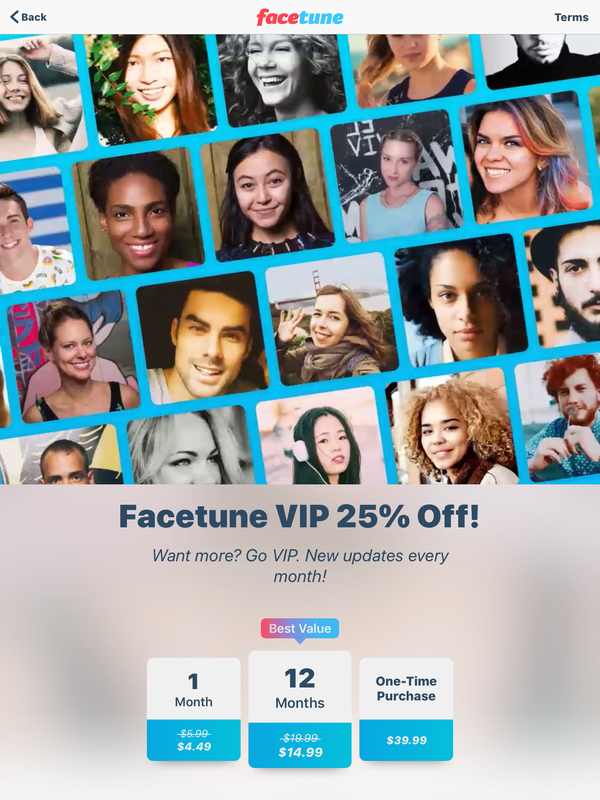

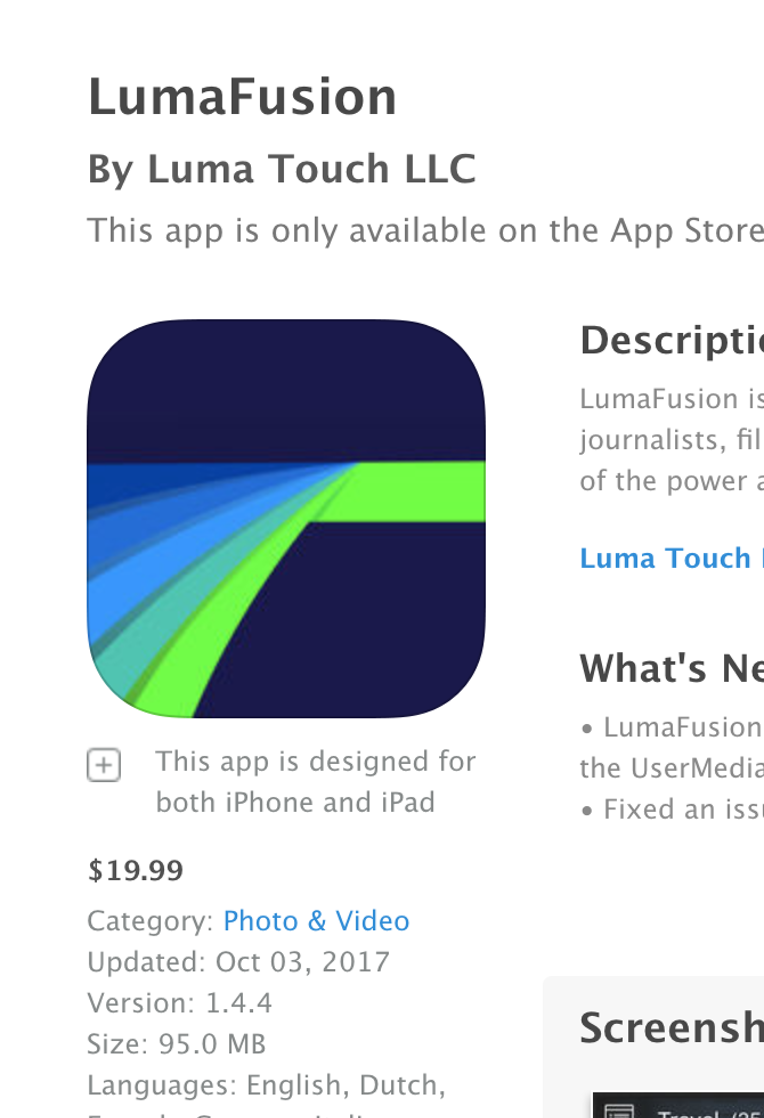
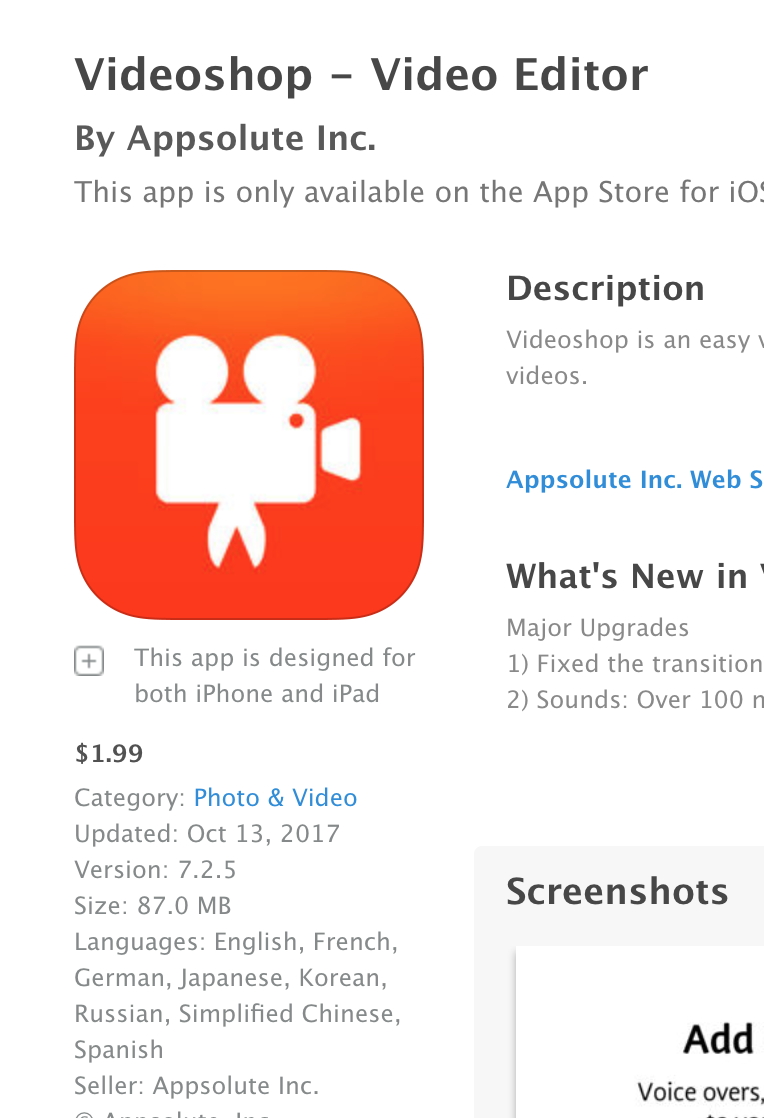

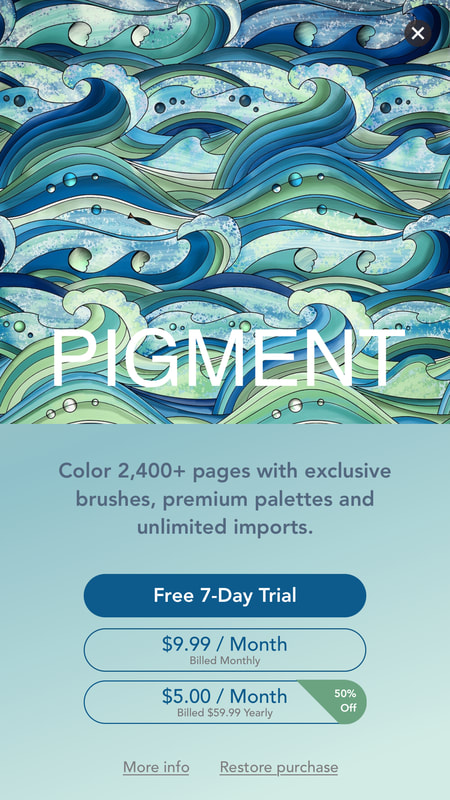
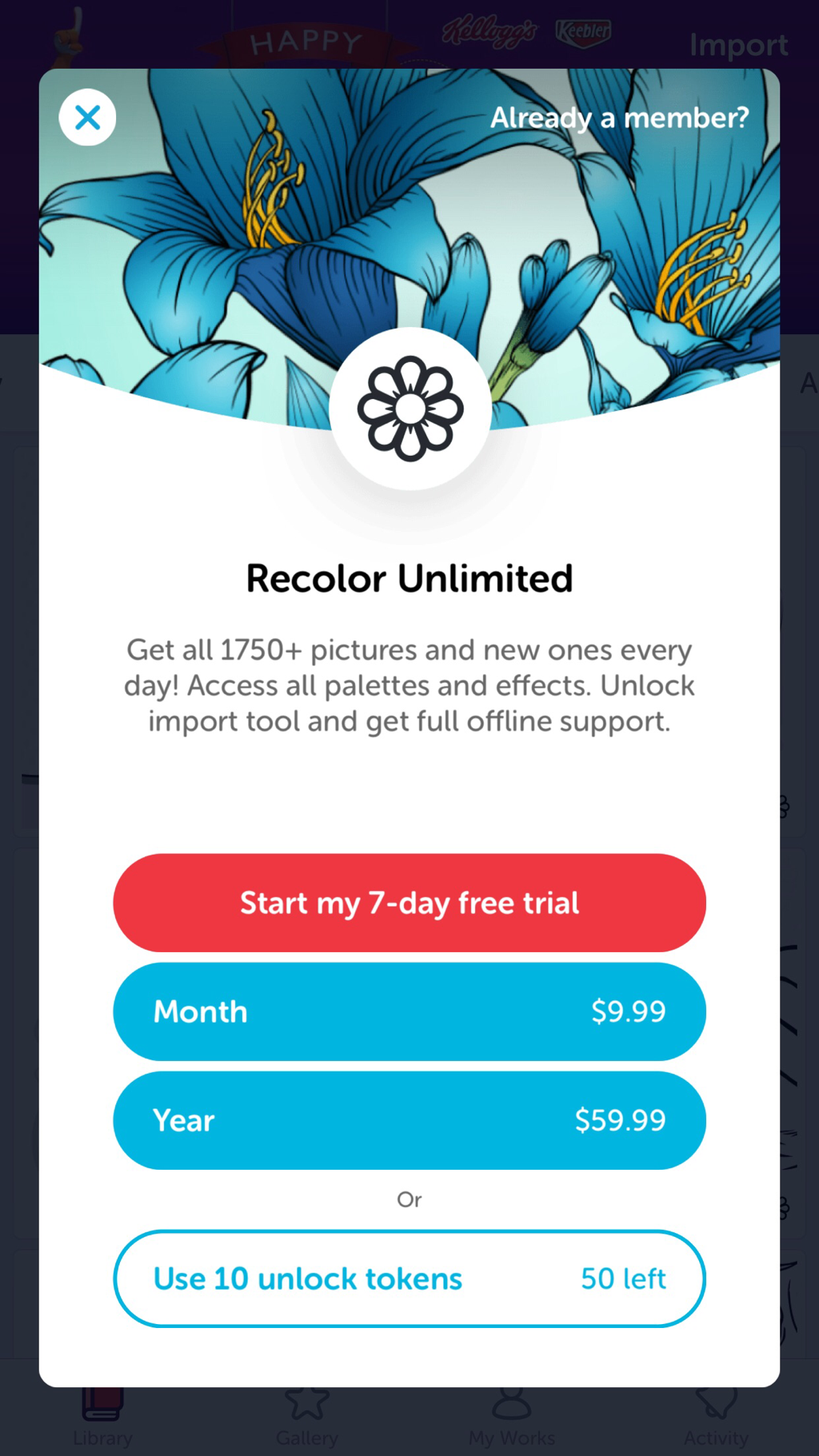
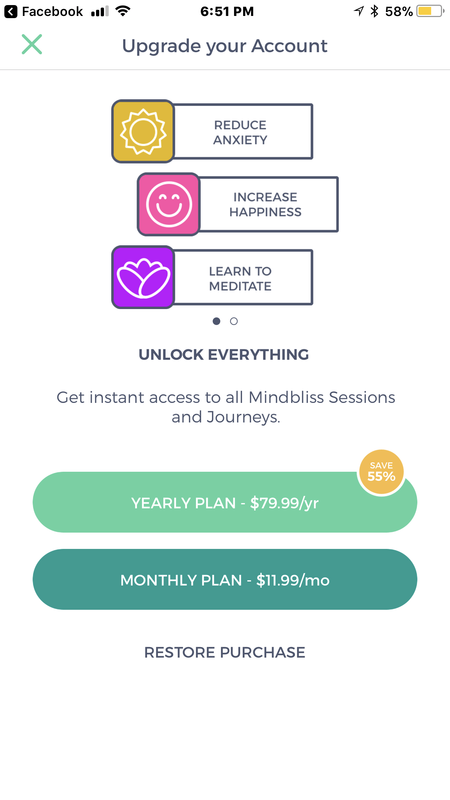
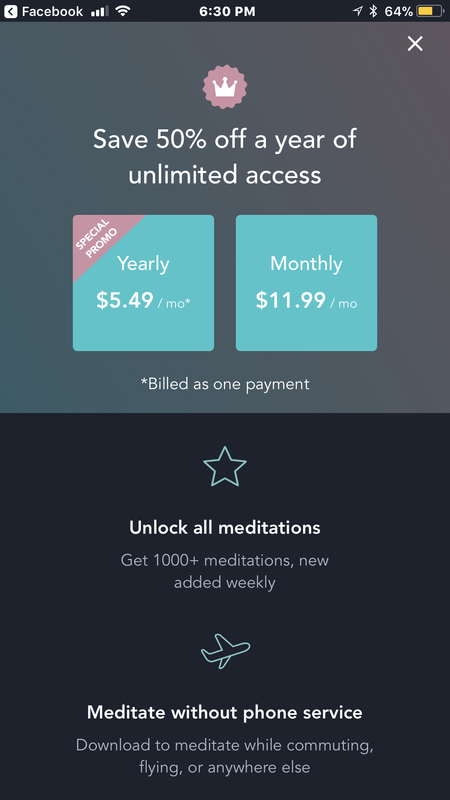
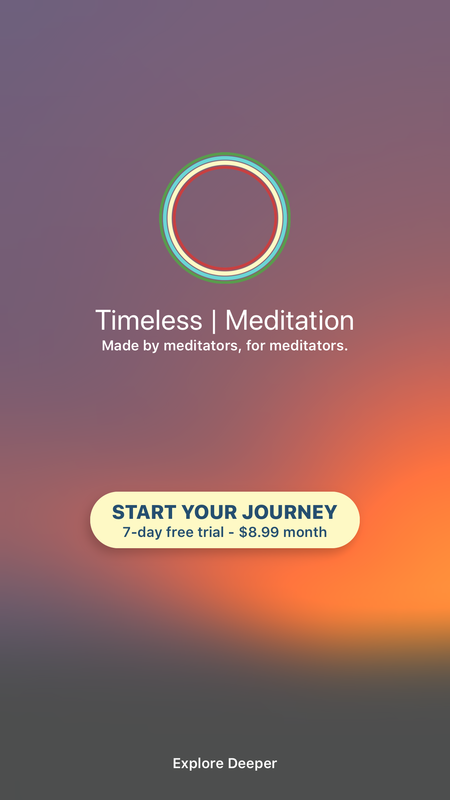
 RSS Feed
RSS Feed